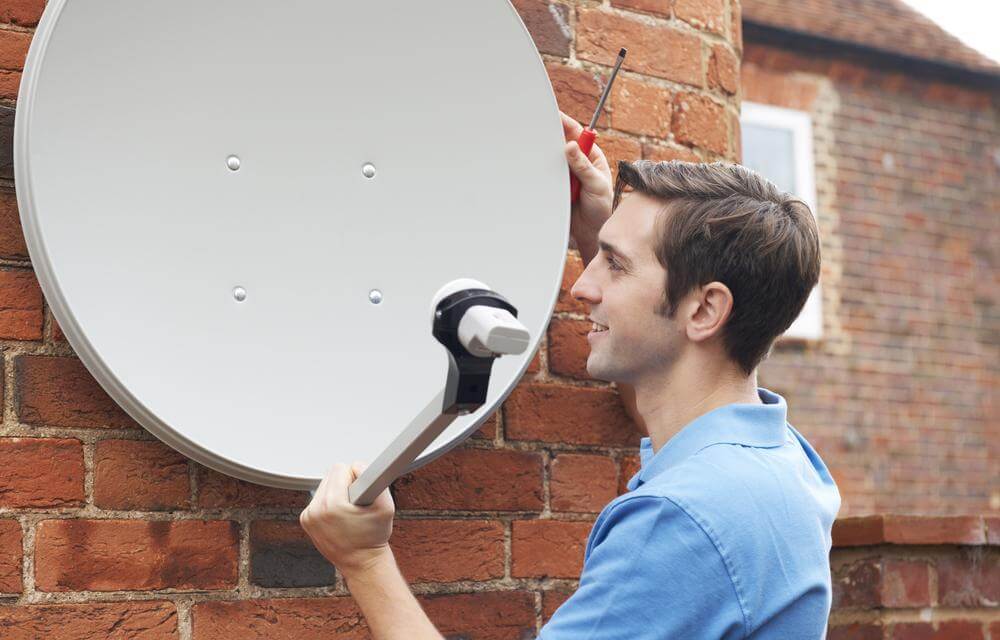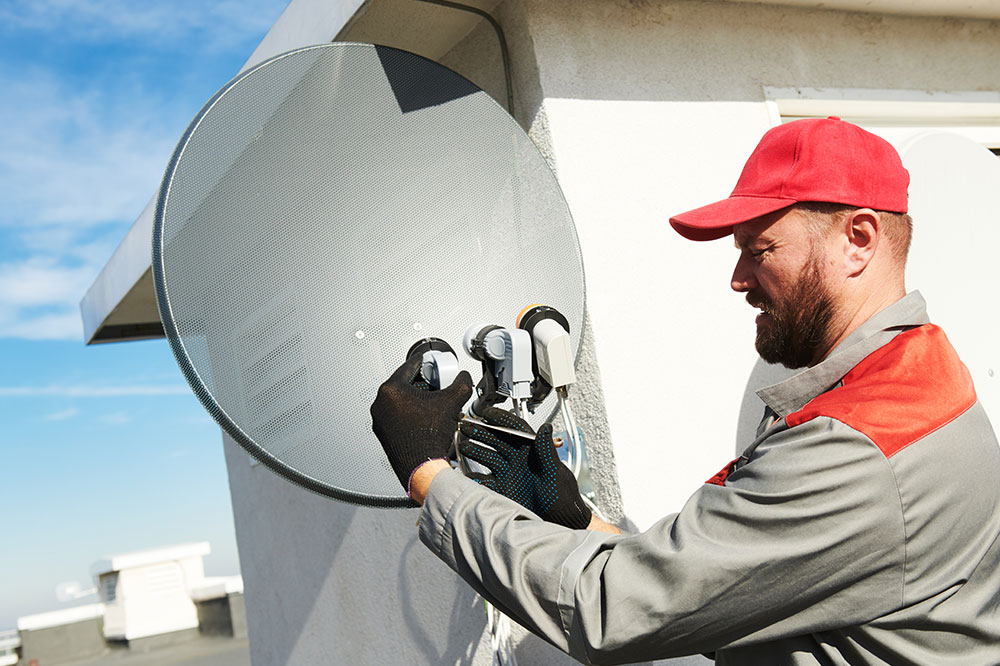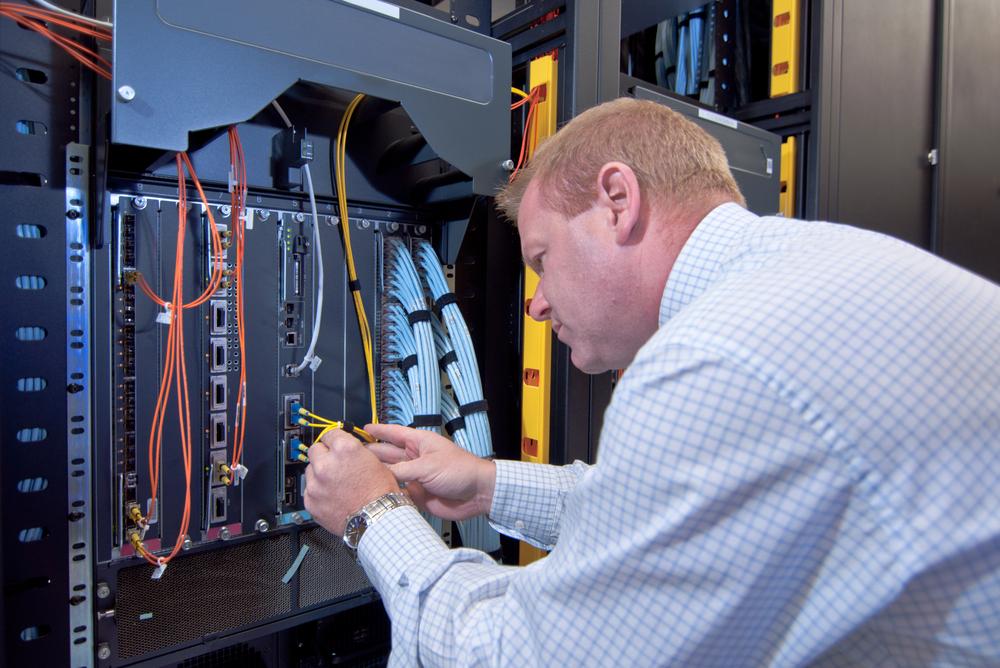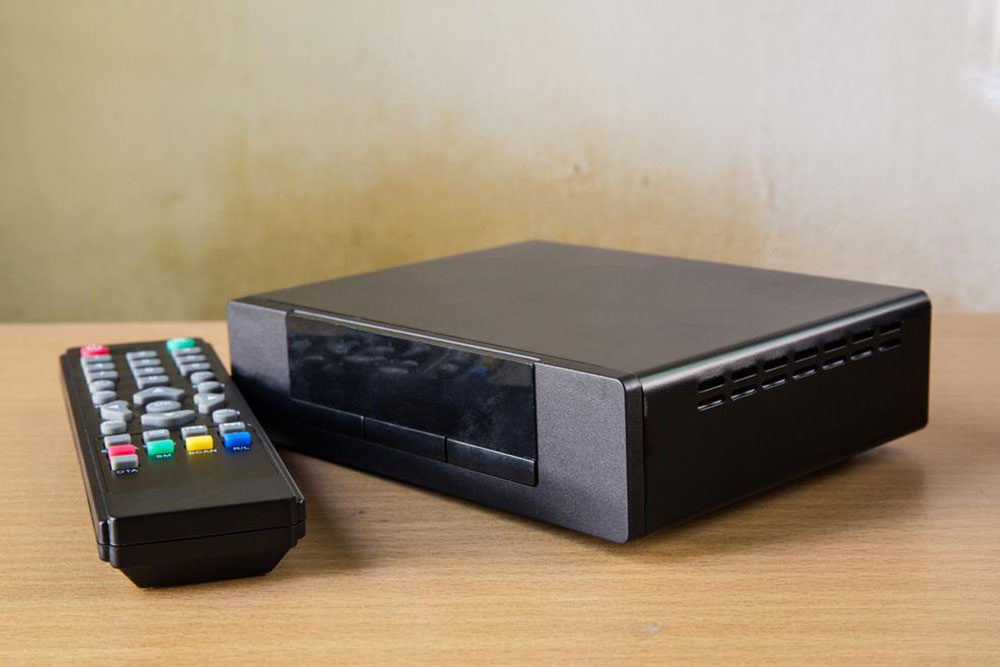Comprehensive Guide to the Pros and Cons of Traditional Cable Television in the Streaming Era
Explore the comprehensive benefits and drawbacks of traditional cable television in the modern streaming era. This detailed guide covers aspects like channel variety, reliability, costs, and emerging trends, helping viewers determine if cable fits their entertainment needs. Understand how cable TV compares to streaming services and what future developments to expect in this evolving industry.
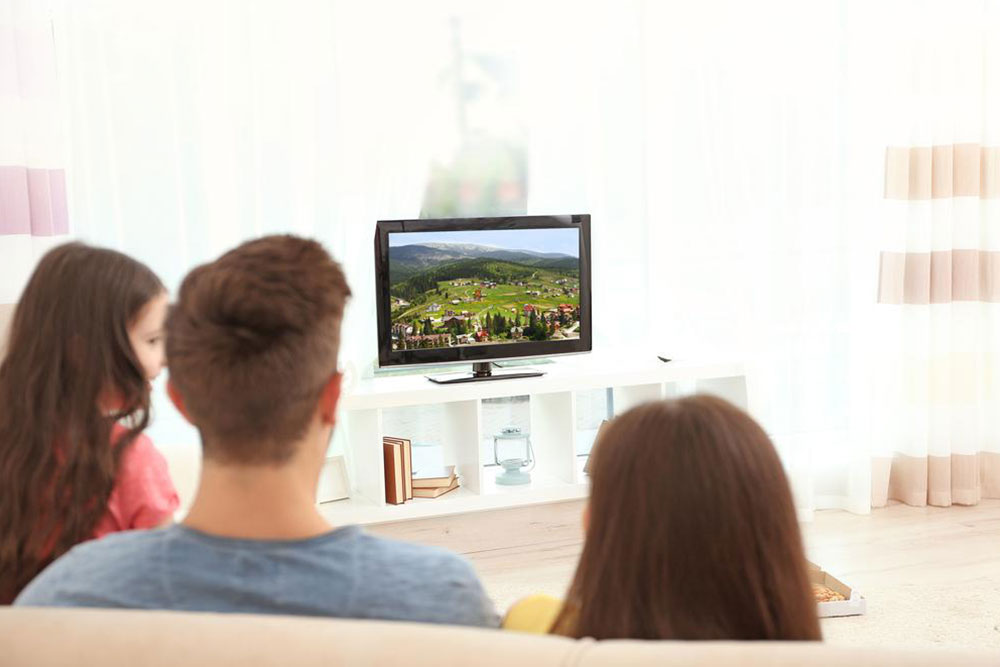
In an age where digital streaming platforms are rapidly transforming the way we consume entertainment, traditional cable television continues to maintain a significant presence in many households worldwide. Despite the growing popularity of on-demand streaming services like Netflix, Hulu, Disney+, and others, cable TV remains a preferred choice for numerous viewers due to its extensive channel lineup and reliable broadcasting capabilities. This comprehensive guide explores the numerous advantages and disadvantages of traditional cable television, equipping you with the knowledge to decide whether it aligns with your viewing preferences and lifestyle.
Understanding Traditional Cable Television
Traditional cable television involves subscribing to a service provider that delivers television programming through coaxial or fiber-optic cables directly to your home. These providers offer a vast array of channels, including local news, sports, entertainment, movies, educational content, and international programming. Subscribers typically access their content via a set-top box, which provides a user interface for channel surfing, recording, and interactive services. Despite the rise of streaming options, cable TV has evolved with features such as HD broadcasting, DVR capabilities, and interactive guides, making it a versatile entertainment platform.
Advantages of Traditional Cable TV
1. **Extensive Channel Selection**: One of the most significant benefits of cable TV is its extensive channel lineup. Many cable packages offer over 200 channels, catering to a wide range of interests—from local news and weather to international channels, sports networks, and premium entertainment. For sports enthusiasts, this means access to live games, sports analysis, and exclusive coverage, often unavailable on other platforms.
2. **Reliability and Consistency**: Cable signals are generally more stable compared to internet-based streaming, especially in areas with unreliable broadband connections. This reliability ensures uninterrupted viewing, which is crucial during live broadcasts or important events.
3. **Bundled Services and Cost Savings**: Several cable providers offer bundled packages that combine television with internet, landline phone, and sometimes home security services. These bundles can be more cost-effective than subscribing to different services separately, providing convenience and potential savings.
4. **Ease of Use and Accessibility**: For many users, navigating traditional cable menus is straightforward, especially for older adults or those less comfortable with digital technology. The access to live TV channels without the need for internet correction or streaming apps makes it simple to watch your favorite shows instantly.
5. **Interactive and Complementary Features**: Modern cable services integrate features such as DVR recording, On-Demand content, parental controls, and multi-room viewing. These functionalities enhance user experience by allowing customization and flexibility in viewing habits.
Disadvantages of Traditional Cable TV
1. **Higher Cost Over Time**: While basic cable packages may seem affordable initially, the total cost can increase due to add-on fees for premium channels, regional sports packages, or equipment rentals. Additionally, prices tend to rise annually, which can strain budgets for some consumers.
2. **Limited Flexibility**: Unlike streaming platforms that offer on-demand content at any time, cable TV schedules are fixed. Viewers need to tune in to programs according to the broadcast times, which may not suit modern, on-the-go lifestyles.
3. **Clutter and Hardware Dependence**: Traditional cable setups require a physical cable connection and set-top boxes, which can clutter living spaces. There’s also a dependency on hardware that may become outdated or malfunction over time.
4. **Reduced Content Customization**: Cable packages are often predetermined, giving users fewer options to customize their content lineup. To access specific channels, viewers may need to purchase expensive bundles, which might include unwanted content.
5. **Emerging Competition from Streaming Services**: The proliferation of online streaming platforms with more flexible subscription plans, original programming, and on-demand viewing has made traditional cable less appealing to younger audiences seeking convenience and variety.
Is Cable TV Still Worth Considering?
Despite the challenges posed by streaming services, traditional cable TV remains a viable option, particularly for households valuing reliable broadcast quality, live coverage, and an extensive channel choice. For residents in rural or underserved areas where high-speed internet is limited, cable can be a dependable means of entertainment and information dissemination. Moreover, bundling with internet services simplifies billing and offers a unified platform for multiple digital needs.
Subscribers interested in traditional cable should evaluate their viewing habits, budget, and preferences. Comparing different providers' plans and considering flexible or customizable packages can maximize value. Additionally, some cable companies now offer hybrid models, allowing consumers to combine traditional channels with streaming services, bridging the gap between conventional and modern entertainment methods.
The Future of Cable Television
As technology evolves, the future of cable TV is likely to involve greater integration with internet-based streaming, offering hybrid packages that combine live TV with on-demand content. Industry providers are investing in smarter, more interactive platforms that include 4K Ultra HD broadcasting and integrated streaming apps. The competition from streaming giants continues to push traditional cable companies to innovate, making the landscape more dynamic.
In conclusion, understanding the benefits and limitations of traditional cable television can help consumers make informed decisions. While it may not be the most flexible or cost-effective option for everyone, it continues to offer value for those who prioritize reliability, extensive channel selection, and live content. As the digital entertainment industry evolves, consumers should remain adaptable, exploring hybrid options and new technologies to enhance their viewing experience.
